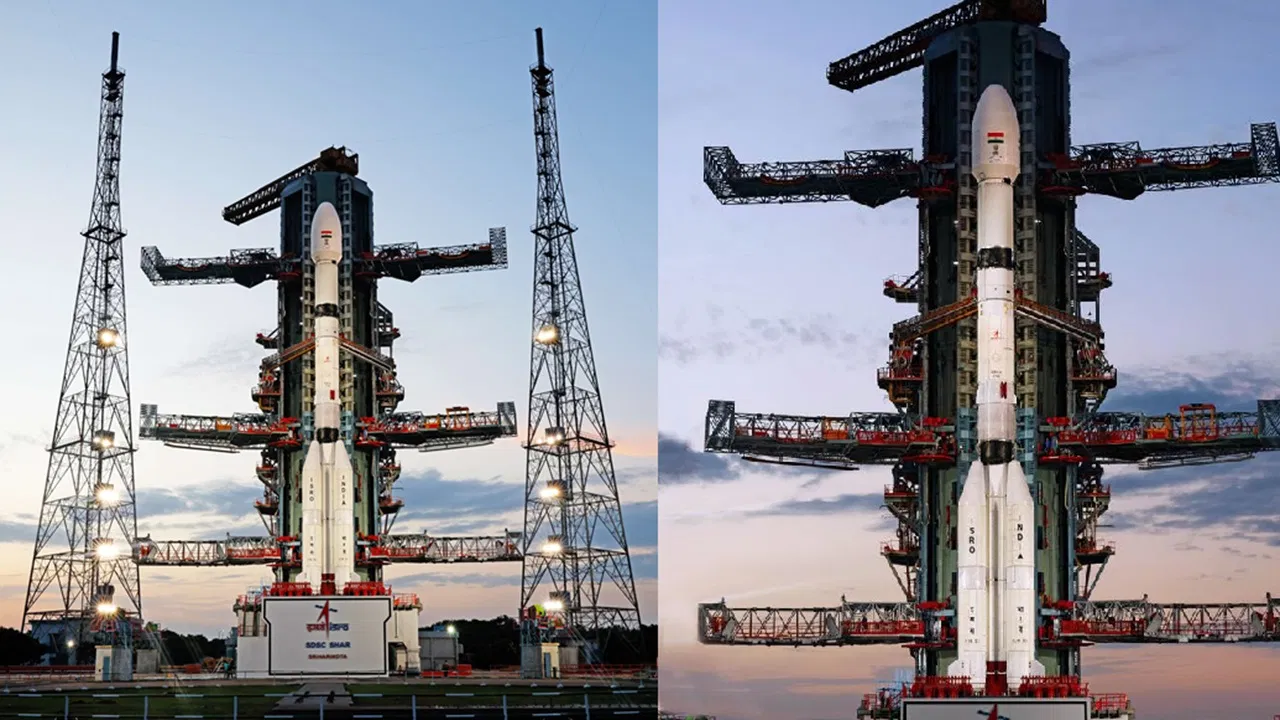





Disclaimer: Copyright infringement not intended.
After a delay of nearly four years, the National Quantum Mission is set to take off with multiple initiatives including setting up a grant for start-ups.
Highlights of the National Quantum Mission
|
Aspect |
Description |
|
Overview |
The National Quantum Mission (NQM) is a visionary initiative (2023) by the Department of Science and Technology (DST) to advance India’s R&D in quantum technology. |
|
Duration |
2023-2031 (8 years) |
|
Quantum Computing |
Aims to develop intermediate-scale quantum computers with 50-1000 physical qubits using platforms like superconducting and photonic technology. |
|
Quantum Communication |
Seeks to establish satellite-based secure quantum communications over 2000 km within India and beyond, along with developing sensitive magnetometers and atomic clocks. |
|
Quantum Materials |
Supports the design and synthesis of quantum materials, including superconductors and novel semiconductors, for advanced quantum device fabrication. |
|
Thematic Hubs (T-Hubs) |
Four T-Hubs to be set up in premier institutes, focusing on fundamental and applied research to drive R&D in quantum technology. |
|
Applications |
Applications across sectors like healthcare, diagnostics, defense, energy, and data security. |
|
Year |
Supercomputer |
Significance |
|
1991 |
PARAM 8000 |
India’s first indigenous supercomputer, developed by C-DAC, marked the beginning of India's journey in supercomputing to reduce dependency on foreign systems. |
|
1998 |
PARAM 10000 |
An advanced version of PARAM 8000, introduced to meet the growing computational needs, achieving a significant boost in processing power. |
|
2002 |
EKA |
Developed by Tata’s Computational Research Laboratories (CRL), ranked 4th fastest globally, used in weather forecasting, aerospace engineering, etc. |
|
2013 |
PARAM Yuva II |
An upgrade of PARAM Yuva, achieved a computational power of 524 teraflops, aiding research in bioinformatics, space, and computational chemistry. |
|
2015 |
Bhaskara |
Developed by ISRO, used for satellite data processing, space missions, and climate modeling. |
|
2018 |
Pratyush & Mihir |
High-performance computing systems installed by Indian Institute of Tropical Meteorology (IITM) and National Centre for Medium Range Weather Forecasting (NCMRWF) for weather forecasting. |
|
2020 |
PARAM Siddhi-AI |
Ranked among the top 100 globally, used for AI research, drug discovery, and weather predictions, representing a significant leap in India’s supercomputing capabilities. |
|
2023 |
AIRAWAT |
Part of the National AI Supercomputing Framework, focusing on AI-based applications in healthcare, agriculture, and governance. |
|
Quantum Sensing
|
The quantum computing landscape is fundamentally still in its early days and transitioning from a 6-qubit system to an industry-ready large-scale machine will necessitate significant technological advancements and infrastructure.
READ ABOUT NATIONAL QUANTUM MISSION- https://www.iasgyan.in/daily-current-affairs/national-quantum-mission-14#:~:text=The%20National%20Quantum%20Mission%20(NQM,%2D24%20to%202030%2D31.
|
PRACTICE QUESTION Q. Discuss the objectives and potential impacts of the National Quantum Mission (NQM) on India's technological and strategic capabilities. How does the mission aim to position India as a global leader in quantum technology? |






© 2025 iasgyan. All right reserved